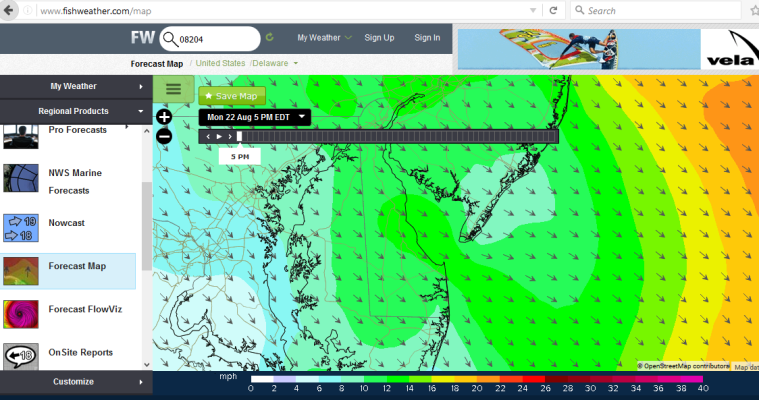MurrayM
Guru
How accurate is the wind forecasting in your area?
Here in Douglas Channel on BC's north coast they seem to consistently call for winds 10 knots stronger than what actually occurs. This is more than annoying and potentially dangerous.
To make matters worse, the weather buoy at Nanakwa Shoal can't read wave height if the wave frequency is shorter than 20 seconds...it can be blowing 50 knots and it will read .3 of a meter because of the steep & close nature of the waves in this area.
We bailed on a planned trip this weekend because of the forecast...was going to have my mother-in-law as well as a 7 month old baby aboard so we decided that discretion was the better part of valour.
Today's winds are 15 knots less than what was called for.
Grrrrrr...
Here in Douglas Channel on BC's north coast they seem to consistently call for winds 10 knots stronger than what actually occurs. This is more than annoying and potentially dangerous.
To make matters worse, the weather buoy at Nanakwa Shoal can't read wave height if the wave frequency is shorter than 20 seconds...it can be blowing 50 knots and it will read .3 of a meter because of the steep & close nature of the waves in this area.
We bailed on a planned trip this weekend because of the forecast...was going to have my mother-in-law as well as a 7 month old baby aboard so we decided that discretion was the better part of valour.
Today's winds are 15 knots less than what was called for.
Grrrrrr...

 -Windy forecast for the most part is devoid of specific winds in channels and inlets. One has to make assumptions based on the overall of the closest wind reflections)
-Windy forecast for the most part is devoid of specific winds in channels and inlets. One has to make assumptions based on the overall of the closest wind reflections)